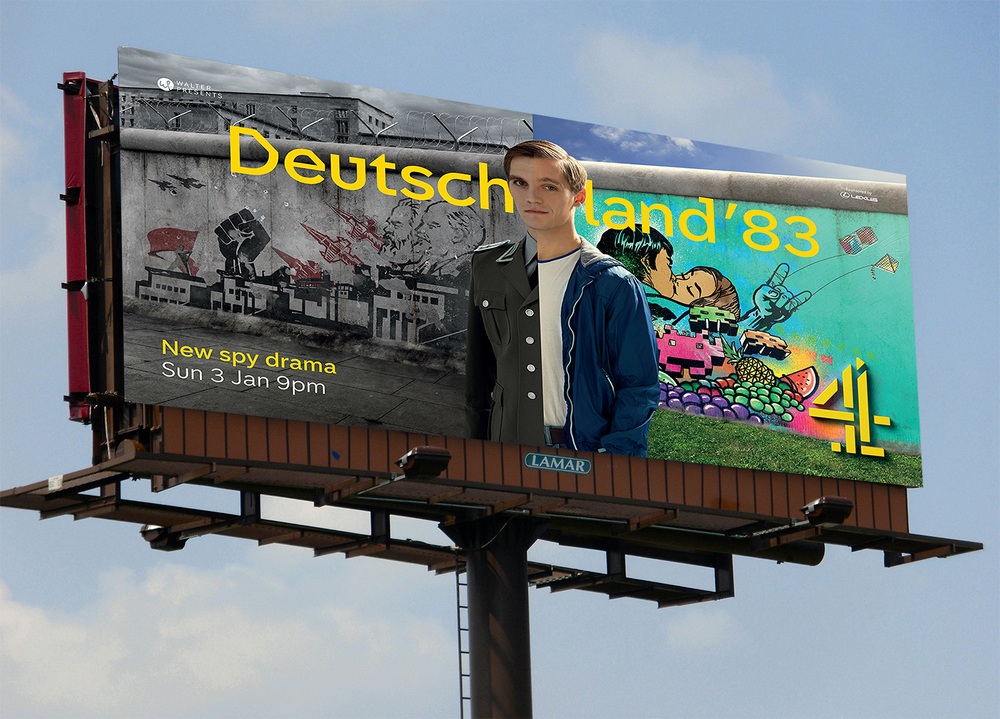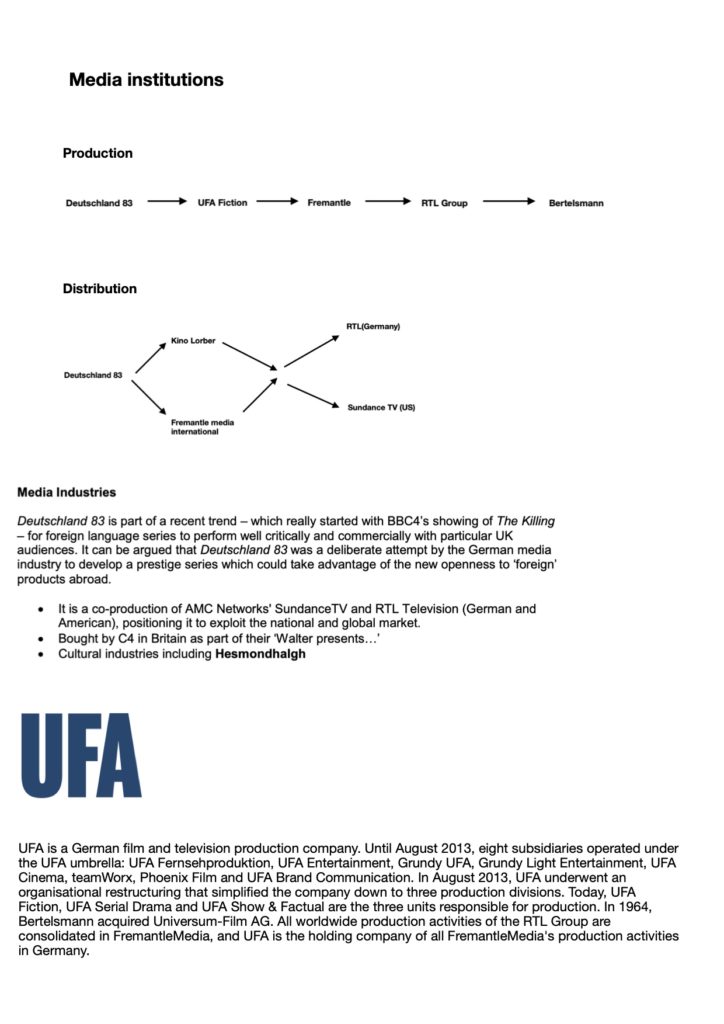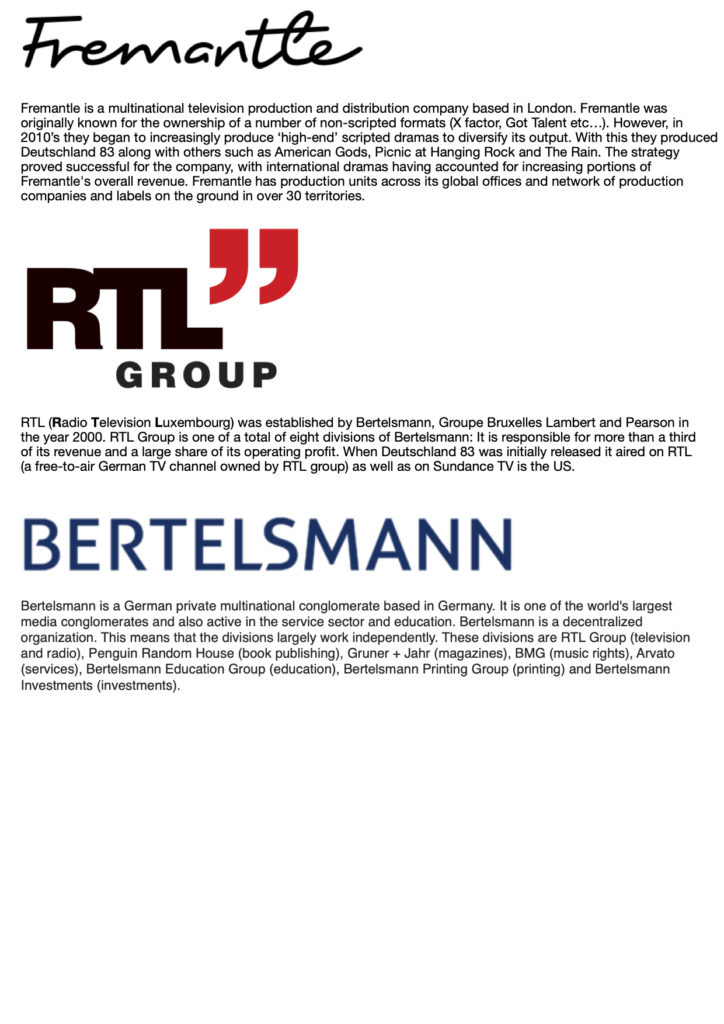The different between consume based media regulation & citizen based media regulation:
consumer based – audiences can chose the content they want to watch & gives producers freedom that audiences chose to watch (giving people what they want)
citizen based – media shapes society which educates and inform & defines the type of content that the media broadcasts (thinking about what would be better for society & culture)
The impact of the 2003 communication act on media regulation:
it diluted the public service requirements of broadcasting
brought in Ofcom, companies made content which was more commercial & consumer based, this resulted in content that was lacking civic-minded production
Ofcom gave little accountability for citizens, livingston & lunt say this is negative
the drawback of a self regulated system:
self regulation – media producers are left independently to decide their content.
This is a drawback as regulation is too ‘light touch’, consumers are happy but citizens may not be.
There is also a need for advertisers as they need to put adverts on content that match
how you regulate media content & organisation on a global scale:
we need laws










